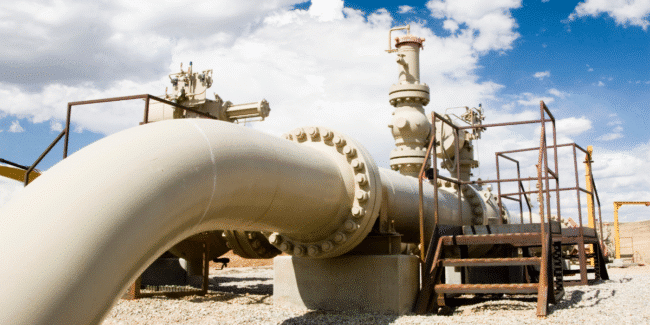
Chemical delivery sounds simple until you’re the one responsible for keeping the well clean and flowing. Getting the correct dosage of corrosion inhibitor, scale inhibitor, or demulsifier downhole is tough when well conditions shift constantly. Pressure, temperature, gas volume…they all move the target. Batch injection or scheduled dumps often result in overtreating or missing the treatment zone altogether.
Capillary chemical injection delivers steady feed directly to the zone that needs it. Once installed properly, it typically stays in service for the life of the well.
What is Capillary Injection?
Capillary injection uses small-bore tubing to deliver chemical directly into the production flow. It replaces batch or surface systems that depend on pressure differential or backside injection. The system applies chemical consistently – same volume every minute, all day.
Common applications:
- Corrosion inhibitors
- Scale inhibitors
- Demulsifiers
- Paraffin/asphaltene dispersants
- Biocides
It’s especially effective in horizontal or high-pressure wells. Surface-based injection often can’t push chemical deep enough when backpressure changes. Capillary chemical injection systems ensure the proper dosages reach the critical zones.
Internal and External Installations
Capillary chemical injection systems can be run internally or externally. Internal installations drop concentrically inside the production string to hit injection depth without pulling tubing, useful for live wells. External installations band the string to the outside of the tubing before running in hole. The setup depends on lift type and operating environment.
Capillary systems are used across ESP, gas lift, rod pump, and hybrid setups. In ESP wells, the string runs to the pump intake; in gas lift wells, it terminates near the production tubing end. This targeted delivery ensures chemical reaches the treatment zone instead of dispersing in the casing.
How Capillary Injection Optimizes Chemical Delivery
Capillary injection systems improve operations through control, efficiency, and consistency.
1. Consistency and Control
Capillary chemical injection lines deliver a fixed rate unaffected by normal production changes. That stability results in predictable chemical contact through the flow path.
2. Efficiency and Cost Savings
Continuous injection prevents chemical waste and treatment gaps. Once tuned, the capillary injection system operates hands-off with minimal adjustment reducing chemical usage, field visits, and operational cost.
3. Production and Integrity Results
Consistent treatment minimizes corrosion and scale buildup, extending equipment life and reducing interventions. Stable delivery keeps tubulars and surface equipment cleaner, supporting higher cumulative production and stronger recovery over time.

Design, Materials, and Maintenance
System performance depends on design, material selection, and maintenance. Analyze produced water chemistry (chlorides, CO₂, H₂S) before selecting tubing alloy. Incompatible materials lead to premature failure. During installation, maintain communication with the spooler crew and monitor pump pressure for integrity verification.
After installation, periodic flushing, pressure testing, and filter cleaning keep the system clear. Strings can be welded for added length or reused across lift changes, offering long-term value when handled correctly.
Using RCEs and RCAs to Validate Performance
When injection performance declines, start with Root Cause Evaluations (RCEs) and Root Cause Analyses (RCAs). These methods help confirm whether dosage aligns with results and pinpoint underlying issues such as blockage, poor placement, or viscosity variation.
Field tip: Capillary chemical injection gives control; RCEs and RCAs give confirmation. Together they create a feedback loop that aligns chemical delivery with actual field behavior instead of theoretical models.
Monitoring and Data Systems
Many operators pair capillary injection with tubing encapsulated cable (TEC) systems to gather downhole pressure and temperature data. This data shows flow dynamics and verifies that treatment matches changing well conditions. Digital systems at surface log injection rate, pressure, and chemical use, helping predict and correct problems before they escalate.
Capillary chemical injection combined with real-time monitoring makes chemical programs smarter and more reliable under shifting production conditions.
Partner with Imperative Chemical Partners
Imperative Chemical Partners provides production chemistry and capillary injection systems supported by field-tested RCE and RCA workflows. Our solutions improve chemical reliability, asset integrity, and oil recovery using operational data and validated design. Contact our team today for more info.
Learn more:
